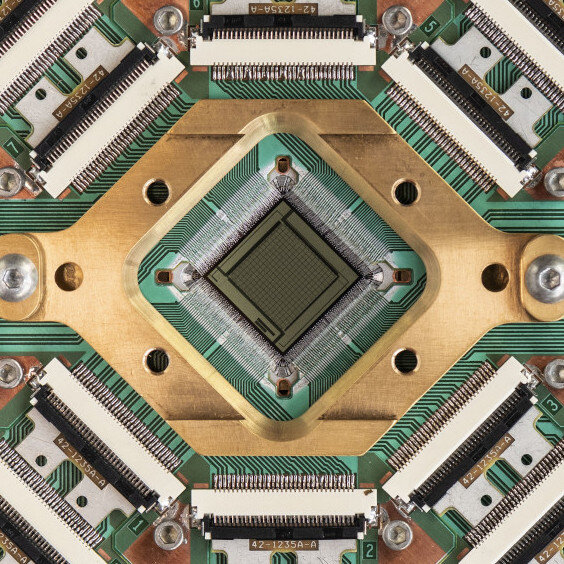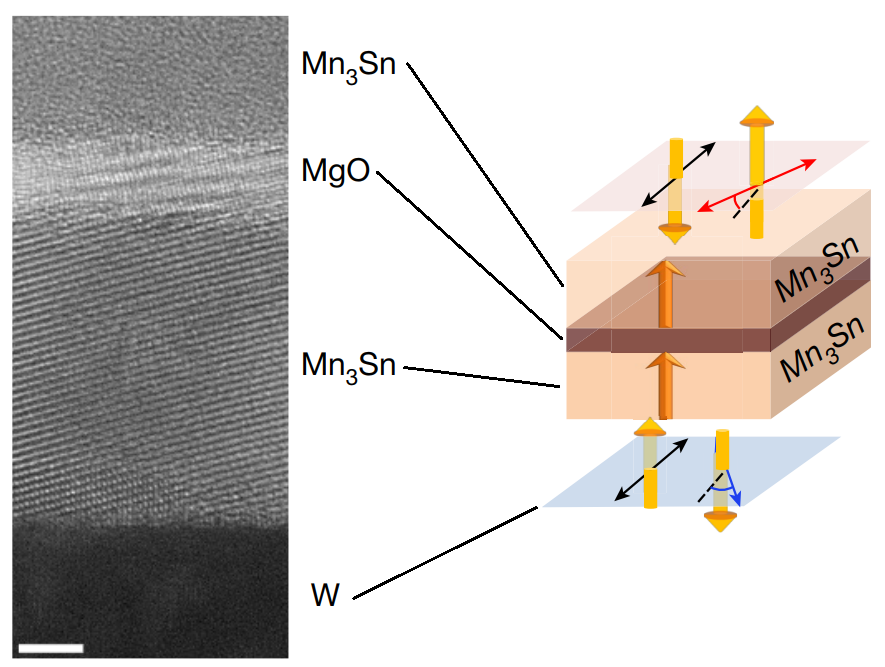
Over the past decades, researchers and companies worldwide have been trying to develop increasingly advanced quantum computers. The key objective of their efforts is to create systems that will outperform classical computers on specific tasks, which is also known as realizing “quantum advantage.”
A research team at D-Wave Quantum Inc., a Canadian quantum computing company, recently created a new quantum computing system that outperforms classical computing systems on optimization problems...
Read More







Recent Comments